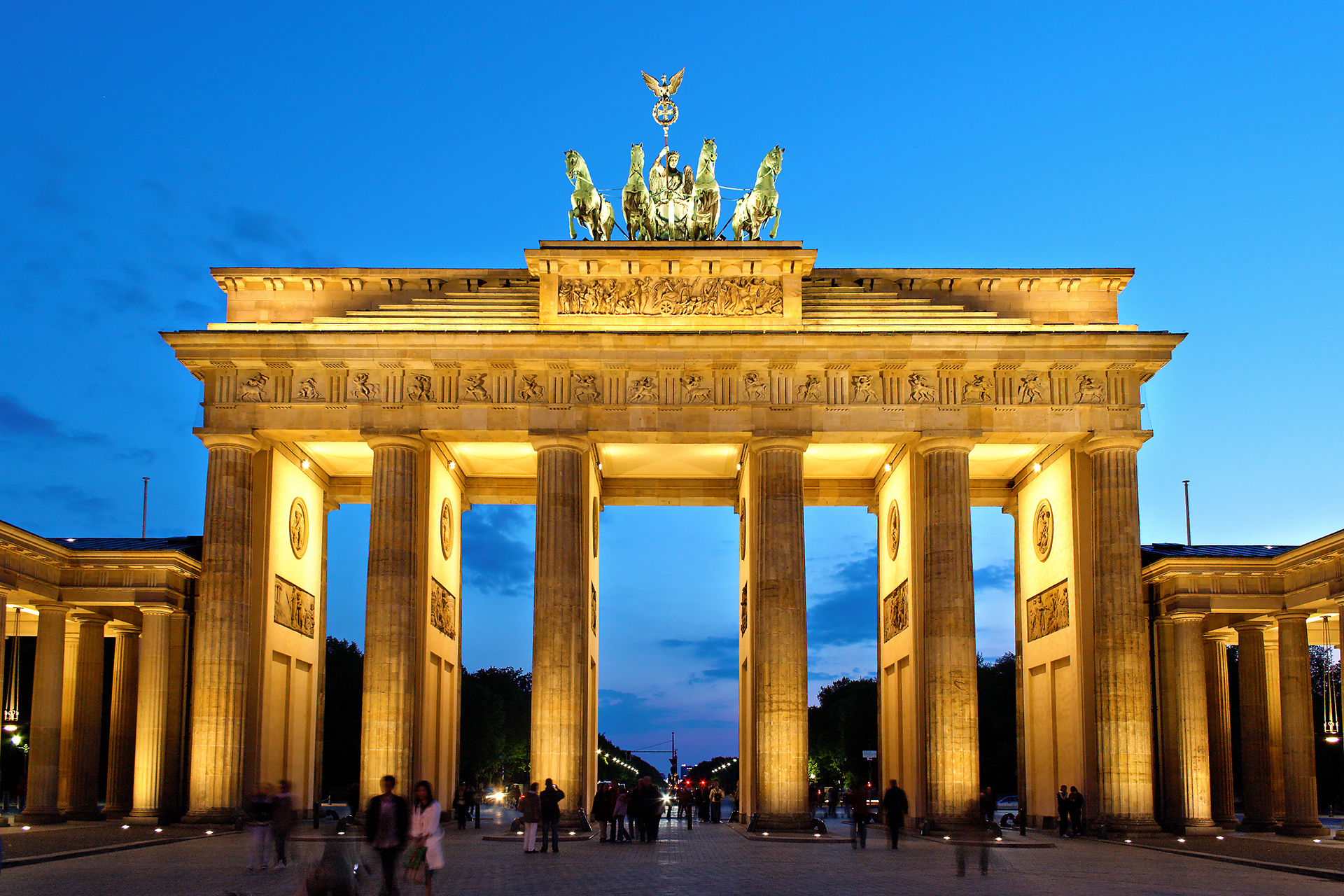My work on CDU party
The CDU is Christian based, it stands for Christian Democratic
Union. Once
received this project, our group divided the work into several. After each
done, we just emailed our information to a person who took care of the PowerPoint
presentation. I was one of three people who did the CDU party platform. Since this
party was Christian based, the principles of Christian Democracy were applied.
They believed that Christian understanding of humans
and their responsibility toward God. But things changed little bit since 1994.
New CDU party platform formed that time, focusing on freedom, justice
and solidarity resting on Christian foundations. The present party platform was
created in 1994 in response to domestic and international changes such as
German reunification and the end of the East-West conflict. Similarly, Germany
is again facing new circumstances on both the home and global fronts with the
lines between the two become ever more blurred.
CDU
has a wide range of membership. It consists however of people adhering to a
variety of religions as well as non-religious individuals. The CDU's policies
derive from Political Catholicism, Catholic social teaching and political Protestantism,
as well as fiscal conservatism and national conservatism. The CDU was the
first proponent of the social market economy, although the party
has adopted more liberal economics policies since Helmut Kohl's
term in office as the Chancellor of Germany (1982–1998).
Opponents of the CDU are the Social Democratic Party of Germany (SPD), The Left party
and Alliance '90/The Greens. The CDU has
however governed in two Grand Coalitions with the SPD as well as in various
coalitions with the Alliance '90/The Greens. The CDU rejects coalitions with
either The Left or right-wing extremist parties.
The Free Democratic Party (FDP), a classical liberal party, is the preferred partner of any
CDU government since the CDU and FDP have similar attitudes towards fiscal policy.
As a conservative party, the CDU supports stronger
punishments of crimes and supports involvement on the part of the Bundeswehr in cases of domestic anti-terrorism offensives as well as in natural
catastrophes. In terms of immigrants, the CDU supports initiatives to integrate
immigrants through language courses, and aims to further control immigration. Dual citizenship should only be allowed in exceptional cases.
Basing
on my studies and other group work, I thought CDU is a liberal party. For
example, they have some support to the immigrant and they are against
abortions. Also, there are not only male chancellors but also females. From these
facts we can also see the liberty.
Sources:



